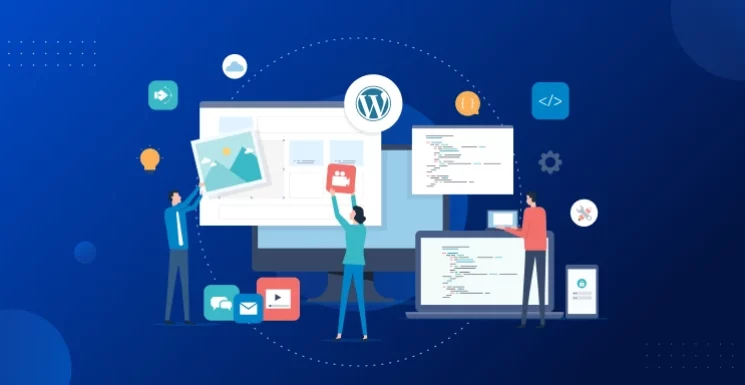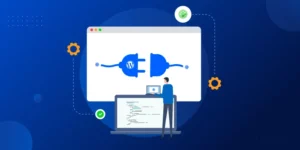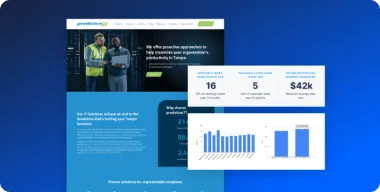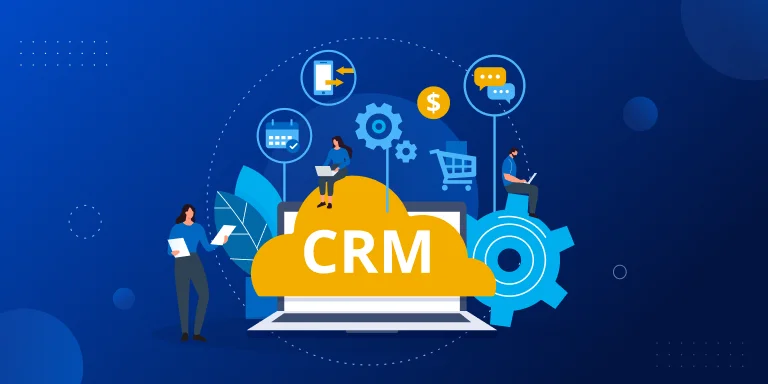Recent tremors felt here in Bangkok, where much of Pronto Marketing’s operations are based, were a stark reminder that the unexpected can happen anytime, anywhere.
As Head of Support at Pronto, I know this is something many of our clients across the US understand all too well, facing everything from hurricanes and floods to tornadoes and even earthquakes.
We prepare our homes and offices for these events, but what about our digital foundations?
Are our websites built to withstand the ‘digital earthquakes’ – server outages, security breaches, or sudden traffic surges – that can disrupt business?
This is a critical question, and based on my experience helping businesses maintain robust online presences, here are 5 key strategies I recommend for building and maintaining a WordPress website that’s as resilient as possible:
1. Implement Regular, Automated, Off-Site Backups
I always tell clients to think of backups as their website’s emergency kit.
If the worst happens, you need a reliable way to restore everything. Don’t just back up occasionally; I strongly advise setting up automated daily or weekly backups.
Crucially, ensure these backups are stored off-site – meaning on a separate server or cloud storage, away from your primary hosting. This protects them even if your main server has issues.
Why it matters: Hardware fails, updates can go wrong, and security breaches occur. Without a recent, accessible backup stored elsewhere, you risk losing valuable data, content, and potentially your entire online presence.
2. Choose Stable Hosting and Use a CDN
Your website’s performance and uptime heavily depend on your hosting provider.
I recommend opting for a host known for reliability and one that offers server redundancy (meaning they have backup systems if one server fails).
At Pronto, we partner with and recommend Kinsta for their robust infrastructure.
Additionally, I suggest using a Content Delivery Network (CDN) to help distribute your website’s load across multiple servers globally, improving speed and handling traffic spikes more effectively.
Why it matters: Unreliable hosting leads to downtime, lost revenue, and frustrated visitors. A CDN acts like a shock absorber, preventing your site from crashing during unexpected surges in traffic (like during a promotion or crisis) and making it faster for visitors worldwide.
3. Enforce Robust Security Measures
Website security is non-negotiable in my book.
Start with the basics: use strong, unique passwords for all user accounts, especially admin roles. Install reputable security plugins to actively scan for malware and block malicious attempts.
Most importantly, keep everything updated – WordPress core, your theme, and all your plugins. Outdated software is a primary target for hackers, so diligence here is key.
Learn more about WordPress security best practices here.
Why it matters: A security breach can lead to data theft, website defacement, blacklisting by search engines, and severe damage to your brand’s reputation. Proactive security is your first line of defense against digital threats.
4. Have a Clear Communication Plan for Downtime
Even with the best precautions, downtime can occasionally happen.
What’s crucial is how you handle it. I advise preparing a communication plan before you need it. Know how you will inform your customers if your website is inaccessible.
This might involve posting updates on social media channels, using email lists, or providing alternative contact methods (like a phone number or temporary landing page).
Why it matters: Silence during downtime breeds frustration. Keeping your audience informed shows professionalism, manages expectations, and maintains trust even when things aren’t running smoothly.
5. Prioritize Performance Optimization
A slow website is frustrating, but an overloaded website can crash entirely.
I recommend optimizing your site’s performance by compressing images, leveraging browser caching, minimizing code (CSS/JavaScript), and using efficient themes and plugins.
A well-optimized site not only provides a better user experience but is also better equipped to handle unexpected traffic surges without buckling under pressure.
Read this previous article to dive deeper into WordPress performance optimization techniques.
Why it matters: Performance optimization directly impacts user experience, SEO rankings, and your site’s ability to remain stable under stress. A faster, leaner site is inherently more resilient.
Final Thoughts on Building Digital Resilience
Building a resilient website isn’t a one-time task; it’s an ongoing commitment.
Just like maintaining a physical building requires regular checks and upkeep, consistent attention to your digital foundation ensures your online presence can weather almost any storm – from natural disasters impacting your region to unexpected digital disruptions like traffic surges or security threats.
By implementing these five strategies, you create a stronger, more reliable platform essential for business continuity.
If managing backups, security, updates, and performance feels overwhelming, remember that help is available. Check out how Pronto’s professional WordPress maintenance services can provide peace of mind and ensure your digital foundation remains solid.






